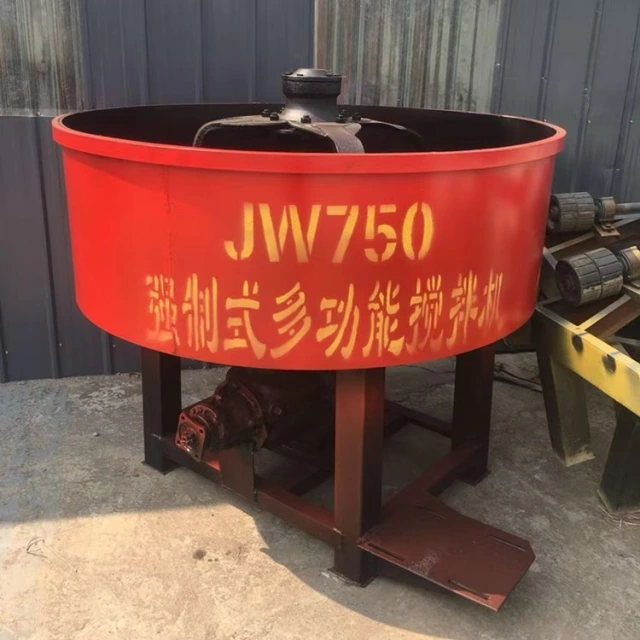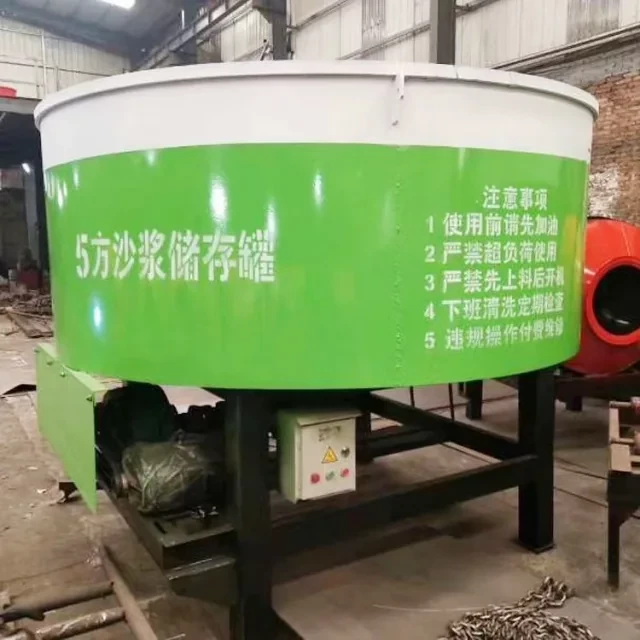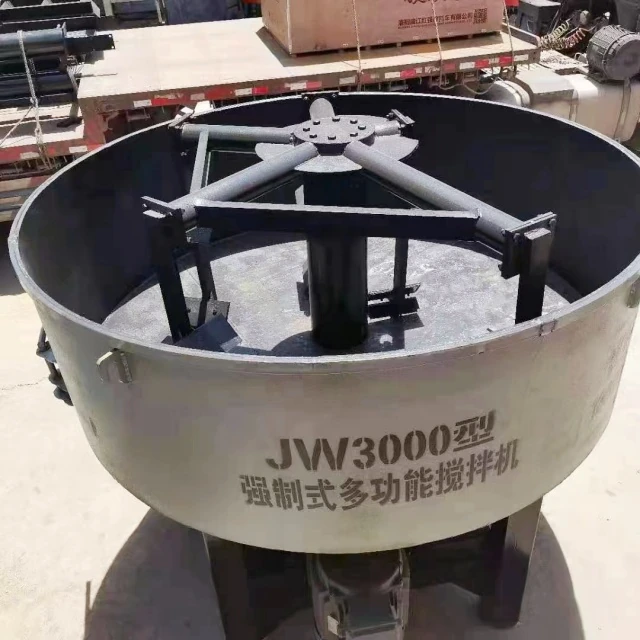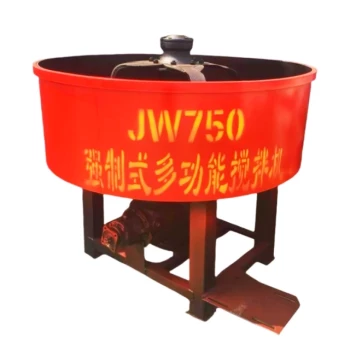Introduction
Concrete layering in flat-mouth mixers undermines structural integrity and increases material waste—but the right operational and design adjustments can solve this. This guide breaks down the science behind layering, actionable fixes (from blade redesigns to loading protocols), and real-world examples of optimized mixing. Whether you're managing infrastructure projects or batch plants, these strategies align with ASTM C94 standards while keeping costs in check.
Understanding Concrete Layering in Mixing Equipment
The Physics of Mixing: Flat vs. Conical Drum Dynamics
Flat-mouth mixers excel in efficiency and discharge smoothness but face unique layering challenges due to their horizontal design. Unlike conical mixers, where gravity aids material flow, flat drums rely more on mechanical agitation. This can create "dead zones" where concrete separates into aggregate-rich and paste-heavy layers.
Key contributors to layering:
- Reduced gravitational assistance: Horizontal orientation limits natural material movement.
- Inefficient blade paths: Standard blades may fail to reach the mixer’s corners.
- Overloading: Exceeding capacity strains the mixer, exacerbating uneven distribution.
Ever wondered why some mixers leave pockets of unmixed material? The answer often lies in fluid dynamics.
Practical Solutions for Improved Homogeneity
Blade Design and Rotation Speed Adjustments
Star-shaped blades (patented in advanced models) address layering by:
- Scraping the drum’s interior to prevent material buildup.
- Creating a vortex effect that pulls all components into the mixing cycle.
- Reducing energy use by 15–20% compared to traditional straight blades (industry benchmark data).
Rotation speed tweaks:
- Low-speed settings (20–25 RPM): Ideal for wet mixes to prevent paste separation.
- High-speed bursts (30–35 RPM): Help break up aggregate clusters in drier batches.
Material Loading Sequence and Duration Optimization
Layer materials strategically:
- Start with 60% of coarse aggregates.
- Add binders and fine aggregates next.
- Introduce water gradually to avoid premature paste formation.
Mixing duration sweet spot:
- 90–120 seconds: Optimal for most standard mixes (per ASTM C94 trials).
- Extending beyond 150 seconds risks heat buildup and evaporation.
Think of your mixer like a kitchen blender—timing and ingredient order matter just as much as power.

Case Studies and Industry Benchmarks
Successful Layering Mitigation in Infrastructure Projects
A bridge construction project in Texas reduced layering-related rejects by 40% after:
- Retrofitting flat-mouth mixers with star blades.
- Implementing a 2-stage loading protocol (aggregates first, then paste components).
Compliance with ASTM C94 Concrete Uniformity Standards
Tests show flat-mouth mixers can achieve:
- <5% variation in aggregate distribution (meeting ASTM C94 Section 8).
- Faster discharge times: 10–15% quicker than conical models, reducing idle periods.
Conclusion: Balancing Performance and Cost
Minimizing layering isn’t about overhauling equipment—it’s about smart adjustments:
- Upgrade blades to designs that enhance flow and cleaning.
- Fine-tune operation rhythms (speed, loading steps) to match mix types.
- Monitor batch times rigorously to avoid overprocessing.
For teams relying on Garlway’s construction machinery, these strategies align with the brand’s focus on robust, efficiency-driven solutions. By tackling layering at its root, you’ll save material costs and deliver structurally sound concrete—every time.
Ready to test these tweaks in your next project? Start with blade inspections and a single adjusted batch to measure improvements.
Related Products
- Ready Mixer Machine for Construction Ready Mix Machinery
- Commercial Construction Mixer Machine for Soil Cement Mixing Concrete
- Auto Concrete Cement Mixer Machine New
- JDC350 Small Cement Concrete Mortar Mixer
- HZS90 Large Multiquip Concrete Mixers for Construction
Related Articles
- How to Classify and Resolve Concrete Mixer Hazards with Compliance
- How to Choose Concrete Mixers for Long-Term Reliability and Cost Savings
- How to Build an OSHA-Compliant Safety System for Concrete Mixer Workspaces
- How to Conduct OSHA-Compliant Concrete Mixer Inspections: A Safety-First Checklist
- How to Choose the Right Concrete Type for Every Construction Challenge




















